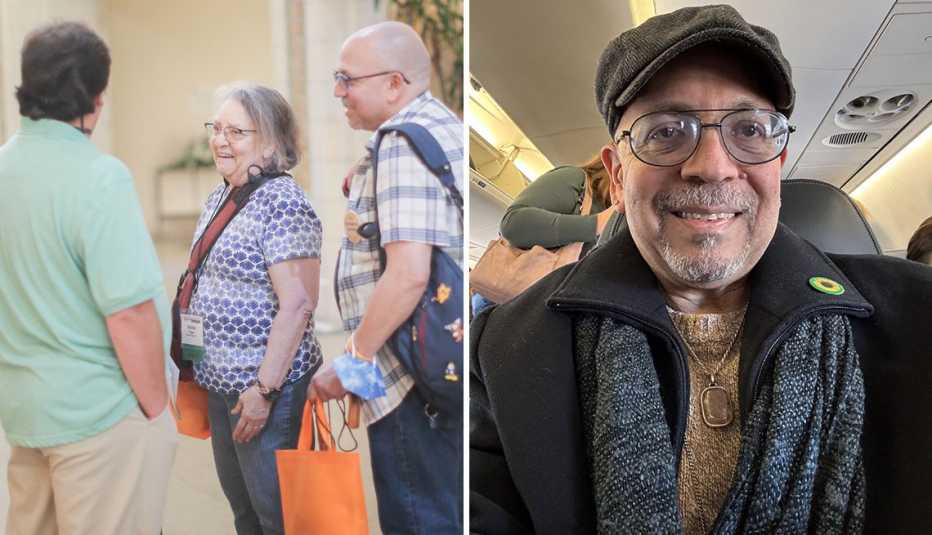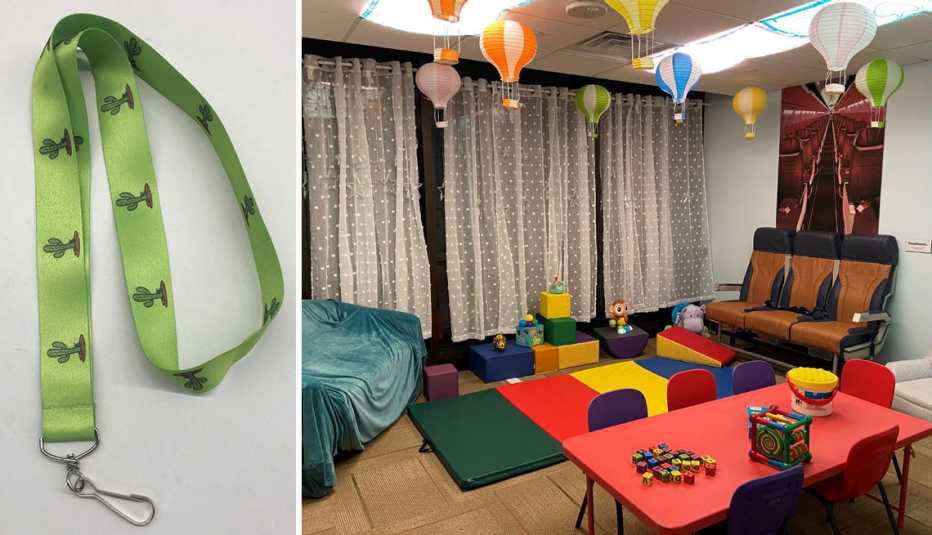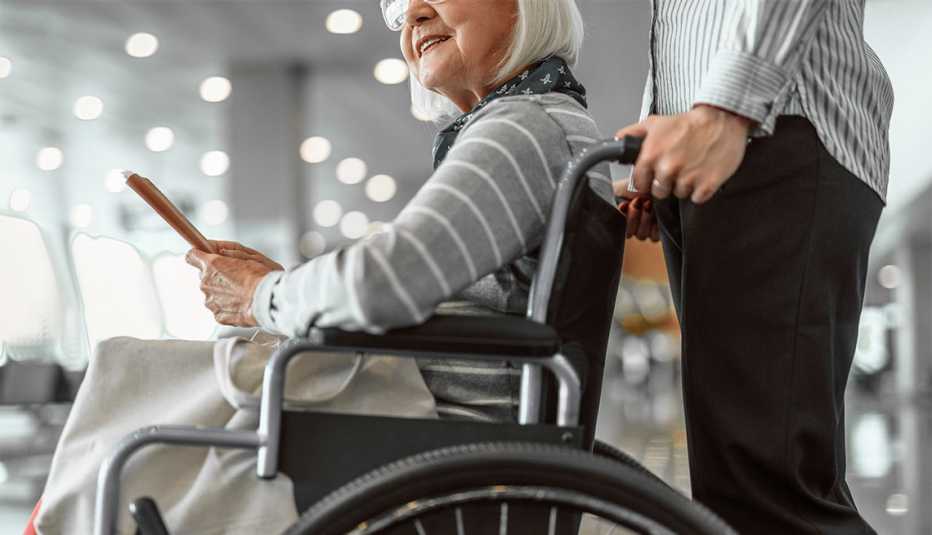Staying Fit
Sheryl Jean,
Frequent traveler Patricia Strauss, 59, doesn’t look much different from other people in an airport, but little things can create big obstacles for the resident of the Tucson, Arizona, area, who was diagnosed four years ago with Alzheimer’s disease.
Unbeknownst to her, a bathroom at one airport had two exits, which caused confusion and anxiety — for her and her husband, Eric Burch — when she emerged from a different door than the one she entered.


AARP Membership— $12 for your first year when you sign up for Automatic Renewal
Get instant access to members-only products and hundreds of discounts, a free second membership, and a subscription to AARP the Magazine.
“There’s no doubt that traveling has become challenging for both of us,” Burch says. “We are both in our 50s and appear perfectly able, but it’s clearly not the case.”
According to the Alzheimer’s Association, millions of Americans have some type of dementia, which means difficulty remembering, thinking or making decisions that interferes with daily life. Alzheimer’s is the most common type, affecting an estimated 6.7 million Americans.
Air travel for people with dementia — and their caregivers — isn’t easy. They may become confused or get lost in busy, noisy airports. They may not remember their airline or gate number. Balance or perception problems may increase the risk of falling and make moving walkways or vehicles challenging.
It can be worse during the holidays, when more people travel. A record number of travelers are expected to travel through airports this holiday season, with AAA predicting 7.5 million people will travel by air from Dec. 23 to Jan. 1.
Thanks to some new programs at airports — from Fairbanks, Alaska, to New York City to London’s Gatwick Airport — travel for people with dementia is getting a little better.
Over the last few years, more airports have made changes to become more dementia-friendly, adding services such as quiet rooms, wayfinding tools and restrooms with adult changing tables.
While the Americans with Disabilities Act (ADA) doesn’t name dementia, it defines a disability as “a physical or mental impairment that substantially limits major life activities.” Furthermore, the Air Carrier Access Act bars airlines from discriminating against travelers with a disability and requires them to provide travel assistance.
“The industry is starting to understand that beyond a physical disability there are needs for people with hidden disabilities,” says Sara Barsel, founder of the Dementia-Friendly Airports Working Group, an advocacy and lobbying group based in Roseville, Minnesota. “Airports are small municipalities and the cost of real estate is very high. When we are asking them to put in quiet places, adult changing tables or special seating, we’re competing with something that makes money.”
The Phoenix Sky Harbor International Airport in Arizona has been training its frontline staff on what dementia is and what to look out for, as well as raising awareness in the community. In July, the airport hosted a dementia-friendly workshop for the community — the first hosted at an airport — and plans to host another one on Jan. 10. Raising awareness is key, says Monica Moreno, senior director of care and support for the Alzheimer’s Association.
“It’s really important for people to recognize that having Alzheimer’s disease or other dementias doesn’t mean it’s necessary to stop traveling. But it does require families to plan so the individual remains safe and everyone remains comfortable and it’s an enjoyable experience for everyone,” she says. “The airport can be a confusing place to be.”




































































